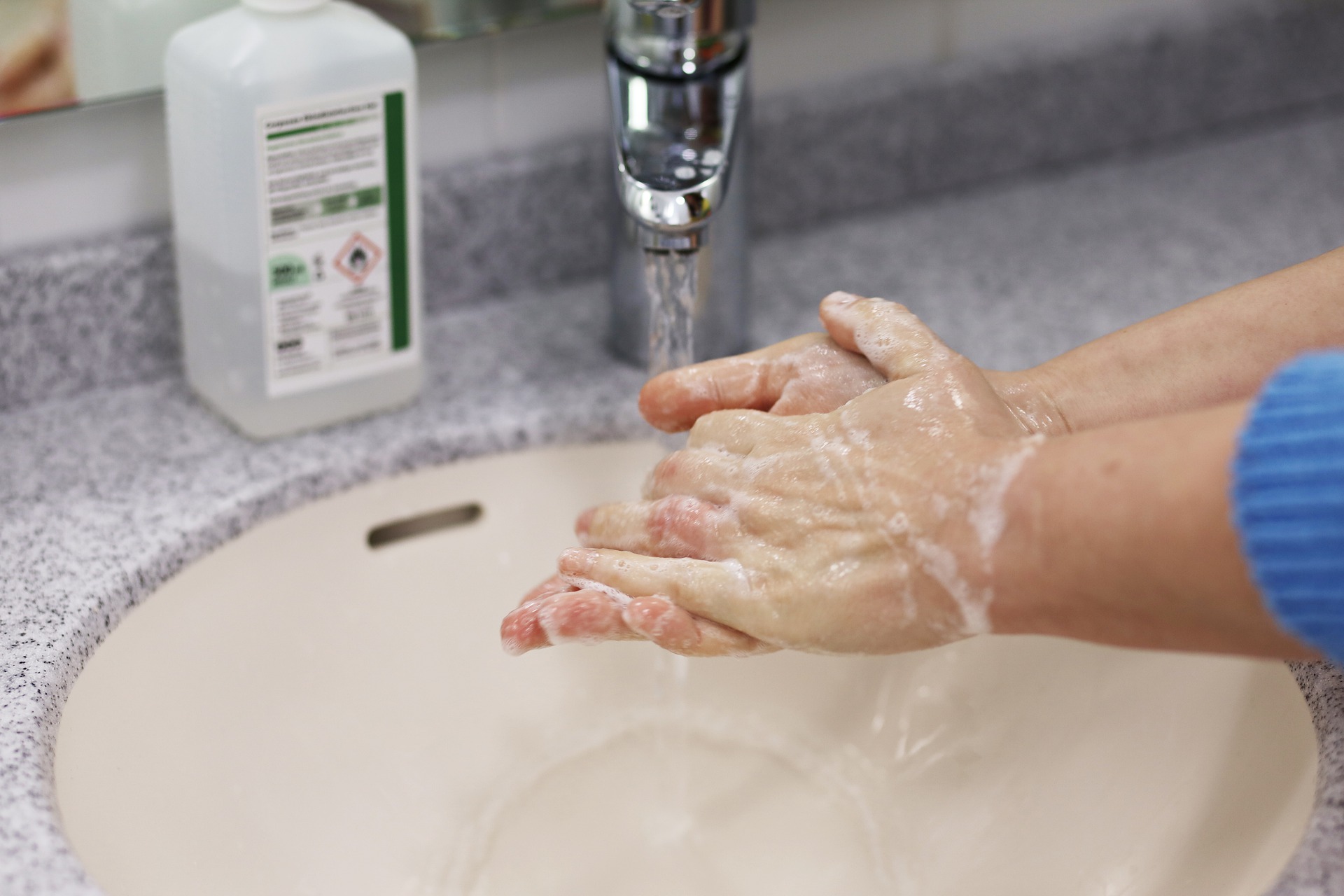Real RTLS ROI associated with preventing nosocomial infections
The U.S. Centers for Disease Control and Prevention (CDC) estimates that over 5% of all hospital admissions end in a Healthcare-Acquired Infection (HAI), resulting in about 1,7 million infections and 99,000 deaths each year. The cost associated with HAIs is estimated to be at least $25,000 per infection [1]. It should be assumed that a hospital equipped with 100-199 beds receives an average of about 6,000 patients per year. Among these patients, about 5% are those experiencing HAIs, generating an additional cost of $7.5 million, which is a considerable amount.

Once we know the scale of the problem, let’s take a closer look at HAI itself. Hospital-acquired infections are caused by viral, bacterial, and fungal pathogens that can cause bloodstream infection (BSI), pneumonia (such as ventilator-associated pneumonia [VAP]), urinary tract infection (UTI), or surgical site infection (SSI). Everyone would prefer to avoid these ailments, especially hospitals. First of all, such cases cost a lot. Secondly, they negatively affect the perception of the quality of healthcare services provided.
But what can hospitals do to prevent such infections? Well, the answer is simple – hygiene and more hygiene. Hospitals know this very well, which is why they have implemented procedures for hand disinfection of medical staff and disinfection of reusable medical equipment.
Procedures are necessary, but they also have a well-known feature related to verification of their effectiveness. The number of HAI infections seems to confirm this.
Fortunately, technology is coming out ahead and giving hospitals the ability to plug holes in their disinfection processes. The TRACKGENT system, developed by SOFTGENT, is a prime example of technology that can realistically help hospitals save HAI costs by sealing the disinfection process.
With our technology, we can pattern patient bed zones with high precision and real-time detect the presence of medical personnel in these zones. Similarly, we can designate a disinfection zone where we can record the intake of disinfectant in addition to detecting the presence of medical personnel. This is possible thanks to our innovative disinfectant dispenser which not only records the date and time of its use, but also reports when the minimum level of disinfectant has been exceeded, ensuring its 100% disposal. This, combined with information on the presence of medical personnel in the disinfection zone, allows our system to verify the so-called clean approaches of medical personnel to patient bed (i.e., those in which the risk of HAI is significantly reduced).
In our experience, the use of a system that monitors the clean approaches of medical personnel to patients’ beds makes it possible to seal the disinfection process and significantly reduce HAI cases. If the same monitoring is extended to reusable medical devices, and hospital staff are properly informed of the need for disinfection – then it is possible to reduce HAIs by up to more than 60%.

Let’s convert this into savings for a hospital with 100-199 beds. It comes out to $4.5 million. But to calculate the ROI we still need to know the investment costs. Implementation of the TRACKGENT system developed by SOFTGENT, considering all costs, including maintenance of the system, will allow you to achieve a positive ROI already after the first quarter of operation of the system in your hospital. In addition to this, the system offers several additional applications, which will further improve the return on investment.
Interested? Contact our sales department – and we will come to you with a sample of the system. You will see live how it works and we will tell you where else you can use the system to make your hospital prosper even more effective.
[1] RD, S., The direct medical costs of healthcare-associated infections in U.S. hospitals and the benefits of prevention. 2009, Centers for Disease Control and Prevention.
read more
From Spark to Shift X Softgent & CLARA: Network, Panel, & Workshop for Founders
From Spark to Shift X Softgent & CLARA: Network, Panel, & Workshop for Founders Join us for an evening of...
Read MoreSensor Fusion in IoT: Unlocking Ultra-Responsive, Low-Energy Networks with UWB Technology
Sensor Fusion in IoT: Unlocking Ultra-Responsive, Low-Energy Networks with UWB Technology In many modern IoT projects—especially those involving mobile or...
Read MoreSoftgent’s EMERGENT Wins Rynek Zdrowia’s Reader’s Choice Award
Softgent's EMERGENT Wins Rynek Zdrowia's Reader's Choice Award We are thrilled to announce that Softgent's innovative healthcare solution, EMERGENT, has...
Read MoreSoftgent Expands Quality Compliance with ISO/IEC 27001:2022 Certification
Softgent Expands Quality Compliance with ISO/IEC 27001:2022 Certification At Softgent, we are committed to maintaining the highest standards of quality...
Read More